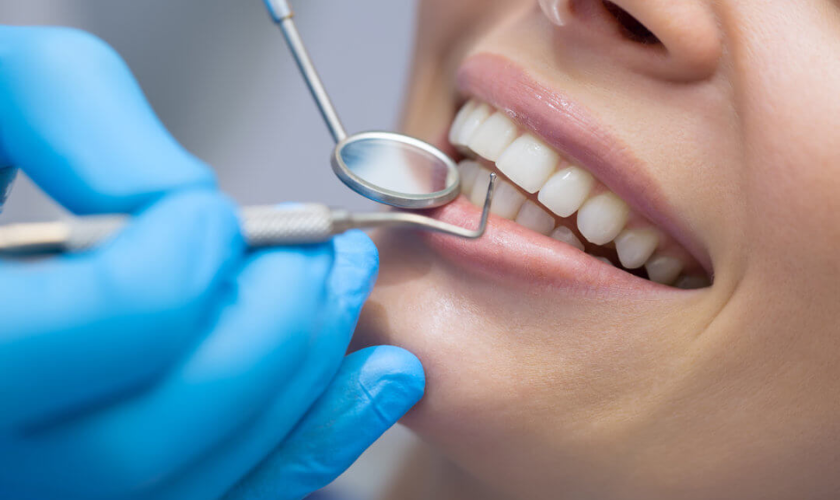
A smile is a universal language of kindness and confidence. It’s often the first thing people notice about you, and it can significantly impact your personal and professional relationships. Unfortunately, not everyone feels confident about their smile. Dental issues such as missing, chipped, or discolored teeth can make people self-conscious, leading them to hide their smiles. This is where restorative dentistry comes in, offering solutions that can transform not just your smile but your entire outlook on life. In this blog, we’ll delve into how restorative dentistry can bring back your confident smile, exploring various procedures, benefits, and tips for choosing the right dentist.
Understanding Restorative Dentistry
Restorative dentistry focuses on repairing and restoring damaged, decayed, or missing teeth to improve both function and appearance. It encompasses a wide range of treatments designed to address dental issues and enhance oral health. Unlike cosmetic dentistry, which primarily focuses on aesthetics, restorative dentistry aims to restore functionality as well as beauty.
Common Restorative Dentistry Procedures
- Dental Implants: Dental implants are a popular and effective solution for replacing missing teeth. An implant is a titanium post surgically placed into the jawbone, which acts as a root for the artificial tooth. This procedure not only restores the appearance of your smile but also maintains the jawbone’s integrity, preventing bone loss.
- Dental Crowns: Crowns are caps placed over damaged or decayed teeth to restore their shape, size, strength, and appearance. They are typically made from porcelain, ceramic, or metal and are custom-fitted to match the color and contour of your natural teeth.
- Bridges: Dental bridges are used to replace one or more missing teeth by anchoring artificial teeth to adjacent natural teeth or implants. This not only fills the gap but also prevents surrounding teeth from shifting.
- Dentures: Dentures are removable appliances that can replace missing teeth and surrounding tissues. They come in two types: complete dentures, for those who have lost all their teeth, and partial dentures, for those who still have some natural teeth remaining.
- Fillings: Fillings are used to repair cavities and restore damaged teeth to their normal function. Various materials such as amalgam, composite resin, and gold can be used for fillings, each offering different advantages.
- Root Canal Therapy: This procedure is necessary when the pulp inside a tooth becomes infected or inflamed. Root canal therapy involves removing the damaged pulp, cleaning the inside of the tooth, and sealing it to prevent further infection.
Benefits of Restorative Dentistry
- Improved Oral Health: Restorative dentistry addresses dental issues that, if left untreated, could lead to more serious health problems. By restoring damaged teeth, you can maintain better oral hygiene and prevent further complications.
- Enhanced Functionality: Procedures like implants, crowns, and bridges not only improve the appearance of your teeth but also restore their functionality. This means you can eat, speak, and chew more comfortably and efficiently.
- Boosted Confidence: A beautiful smile can significantly enhance your self-esteem and confidence. When you’re not worried about how your teeth look, you’re more likely to smile freely and engage confidently in social interactions.
- Long-term Savings: Addressing dental problems early with restorative dentistry can save you money in the long run. Preventive care and timely restoration can avoid the need for more extensive and expensive treatments down the line.
Choosing the Right Restorative Dentist
Selecting a skilled and experienced restorative dentist is crucial for achieving the best results. Here are some tips to help you make the right choice:
- Check Credentials and Experience: Look for a dentist with specialized training and extensive experience in restorative procedures. Board certification and membership in professional organizations are good indicators of a dentist’s qualifications.
- Read Reviews and Testimonials: Patient reviews and testimonials can provide valuable insights into the quality of care a dentist provides. Look for feedback on the dentist’s expertise, bedside manner, and the overall patient experience.
- Evaluate Before and After Photos: Many dentists showcase before and after photos of their patients to demonstrate the results of their work. Reviewing these photos can give you an idea of the dentist’s skills and what to expect from your treatment.
- Schedule a Consultation: A face-to-face consultation allows you to discuss your dental issues, ask questions, and get a feel for the dentist’s approach and personality. This meeting is crucial for establishing trust and ensuring you’re comfortable with the dentist’s proposed treatment plan.
Restorative dentistry offers a pathway to reclaiming your confident smile and improving your overall quality of life. Whether you need implants, crowns, bridges, or dentures, modern restorative techniques provide effective solutions tailored to your unique needs. By addressing dental issues early and choosing a skilled restorative dentist, you can enjoy a healthier mouth, enhanced functionality, and a boost in self-esteem. Don’t let dental problems hold you back—embrace the possibilities of restorative dentistry and smile with confidence once again.
FAQs
- What is the difference between restorative and cosmetic dentistry?
Restorative dentistry focuses on repairing and restoring the function of damaged teeth, while cosmetic dentistry aims to improve the appearance of teeth and smile aesthetics. - How long do dental implants last?
With proper care and maintenance, dental implants can last a lifetime. Regular dental check-ups and good oral hygiene practices are essential to ensure their longevity. - Are restorative dental procedures painful?
Most restorative procedures are performed under local anesthesia, minimizing discomfort. Post-procedure pain can typically be managed with over-the-counter pain relievers. - How much does restorative dentistry cost?
Costs vary depending on the procedure and individual case. Dental insurance may cover part of the cost, and many dentists offer financing options to make treatments more affordable. - Can restorative dentistry improve my bite?
Yes, restorative procedures such as crowns, bridges, and implants can correct bite issues by restoring the proper alignment and function of your teeth. - What materials are used in restorative dentistry?
Common materials include porcelain, composite resin, metal alloys, and ceramics. The choice of material depends on the specific procedure and patient needs. - How do I care for my teeth after restorative procedures?
Maintain good oral hygiene by brushing twice a day, flossing daily, and visiting your dentist regularly. Follow any specific care instructions provided by your dentist to ensure the longevity of your restorations.
By understanding the options and benefits of restorative dentistry, you can take proactive steps towards achieving a healthier, more confident smile. Don’t wait—explore your restorative dentistry options today and transform your life with a radiant, confident smile.



